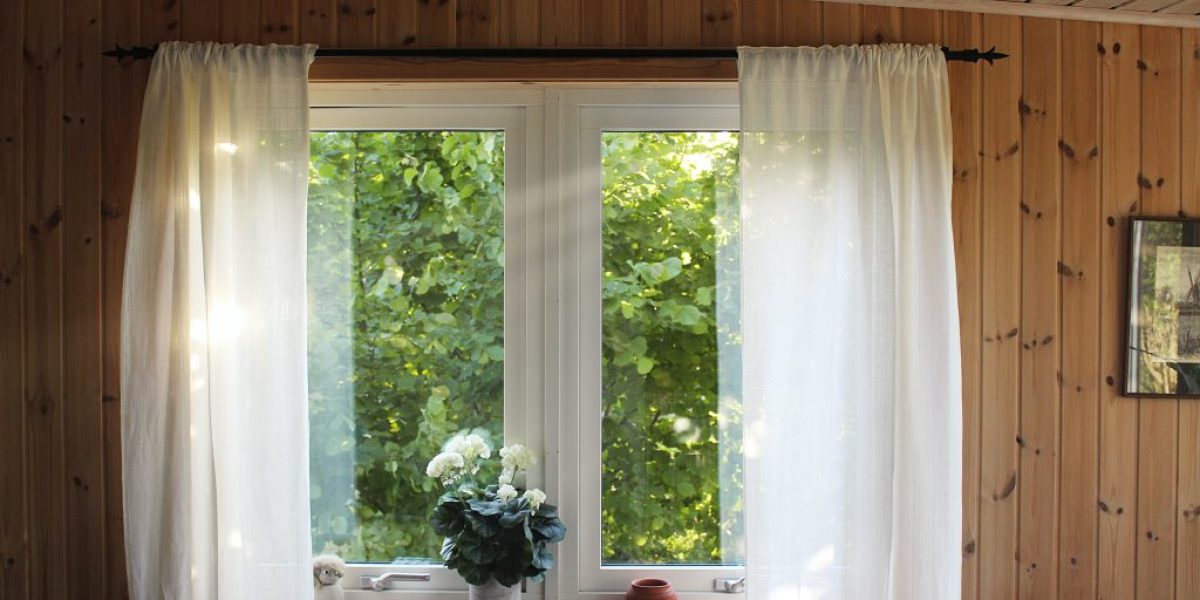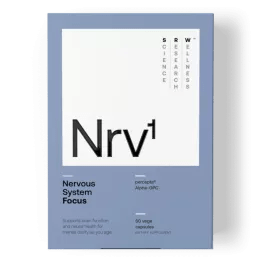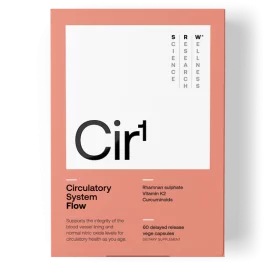Zen and the Art of Serene Living
As the swift trajectory of modern life seems to become more hectic and frenetic by the day, it is no surprise the art of simple living in the way of Zen has increased in popularity as we search for that perfect antidote to offset the stresses of daily life.
Though its origins are in China from the Tang Dynasty and more specifically, a school of Mahayana Buddhism, it is the Japanese who have made a fine art out of using the principles of Zen as the perfect tool to create a peaceful home that is as much a meditative space as a place in which to reside.
While Zen itself is not a “style” per se, rather a pure state of being akin to a oneness with the present moment, in terms of the curation of the spaces we inhabit, it can also be described as an elevation of simplicity to an art form. And done well, not only is it extremely practical without sacrificing style, it also offers benefits far beyond what the eye can appreciate in boosting health, happiness, focus and vitality – things a lot us can often never seem to get enough of.
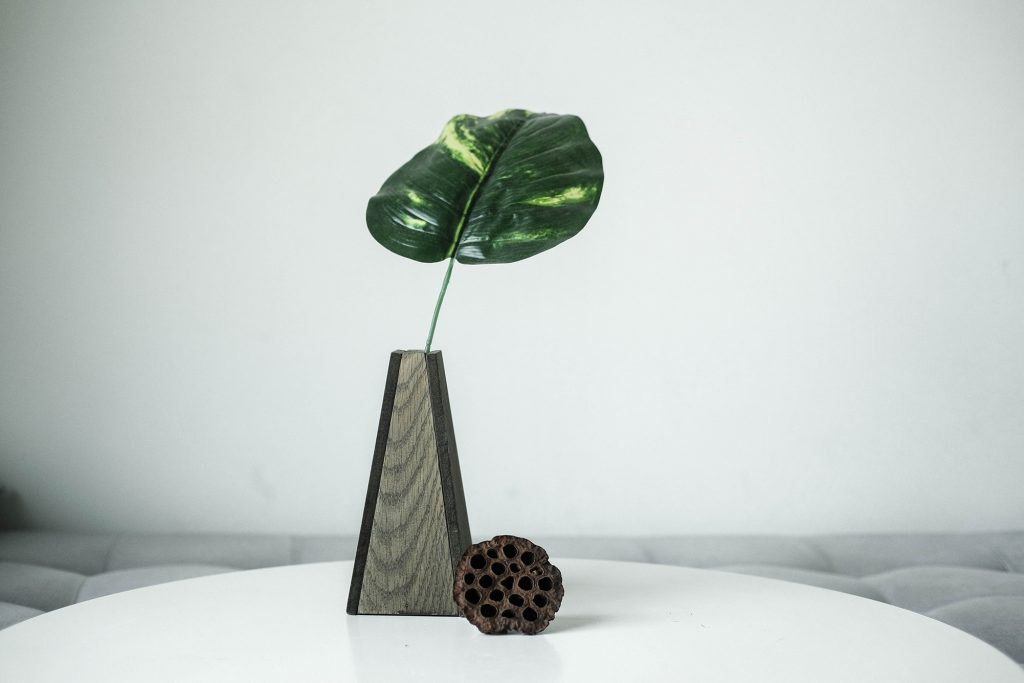
Broadly speaking, in applying the principles of Zen to the home, this calls for the clearing of clutter and loud colours, keeping patterns to a subtle minimum, removing excess furniture and scaling back on decorative ornaments. While this might seem like the etchings of life as a monk, Zen design might be minimalist but its elegance, simplicity and purity beg the perfect recipe for inviting calm and serenity into your spaces, assuaging the spirit and the eye, and playing counterpoint to the hecticness and stresses of daily life.
Of the basic building blocks that can help us achieve a feeling of zen in a space, these are just some of the elements to keep in mind:
- Focus on clean, straight lines; simple, unfussy furniture of good quality with low profiles.
- Consider subtler, simpler alternatives to elements that are visually busy.
- Keep objects, furniture and textiles as natural, neutral and warm as possible.
- Keep patterns to a minimum, avoiding busy, boisterous designs and opting for subtler, low-impact motifs.
- Choose neutral, warm, soft colours drawn from nature over vivid, flashy hues.
- Think quality consistently over quantity.
- Keep spaces open and clear of clutter, and be choosey with your level of ornamentation. Bid adieu to those things you don’t need and revisit again those things you think you still need.
- Maximise where possible, storage that is concealed.

Woven through these pointers for achieving a more Zen-inspired space are the principles of Wabi-Sabi, which are closely connected to the core of Zen philosophy. While a complex concept that does not have a concrete definition, it can loosely be described as a way of perceiving and expressing things – a zen of things if you will – as the basic tenets of Zen Buddihsm can be found in objects that have Wabi-Sabi quality.
A lot of it is also about squeezing the most out of life; accepting and honouring transience, and embracing imperfection as a way to improve our lives and happiness. Hence Wabi can be roughly translated as “rustic simplicity” or “the elegant beauty of humble simplicity” while Sabi can be understood as “appreciating the old and faded” or the beauty to be found in nature and the passing of time. Together, these two words create a sentiment of humility, simplicity and gratitude.
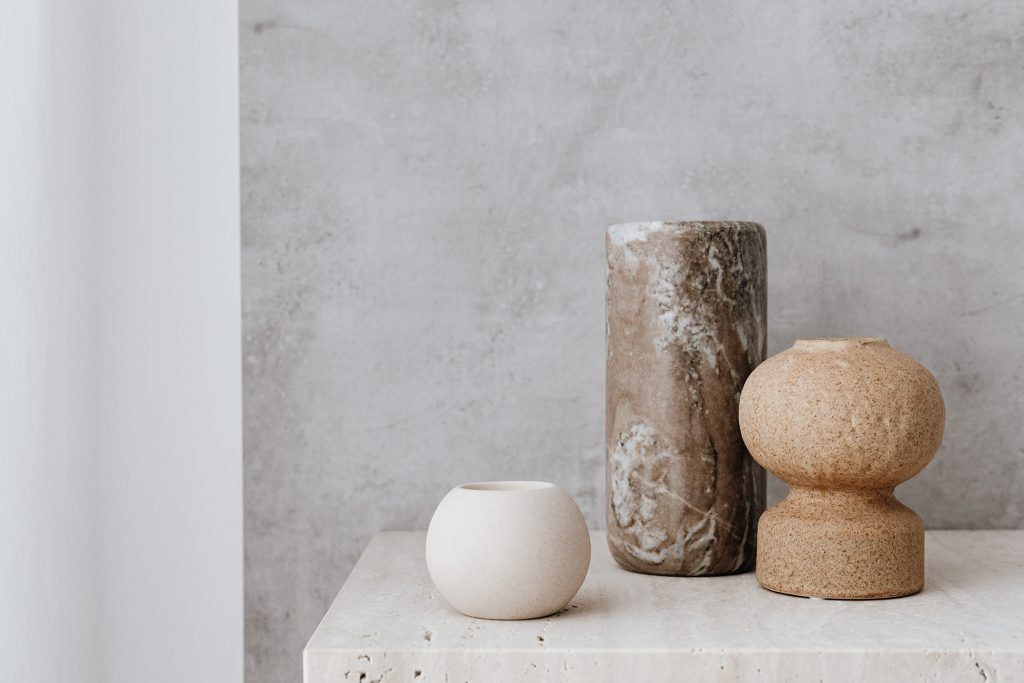
These are seven key principles of Wabi-Sabi:
- kanso – simplicity; similar to the philosophy of minimalism, an invitation to live in a less-is-more manner.
- fukinsei – asymmetry or irregularity; a departure from the idea of controlling balance and symmetry, and embracing asymmetry as natural and beautiful.
- shibumi – beauty in the understated; a focus on elegant simplicity and not flashiness.
- shizen – naturalness and unpretentiousness; a definition of nature that includes the purpose and intention of human intervention.
- yugen – subtle grace; the acknowledgement of beauty in what is not revealed.
- datsuzoku – freeness or freedom from habit; embracing the unknown and exploring being unconventional, opens us up to a world of possibilities.
- seijaku – tranquillity, stillness and solitude; akin to the feeling of mindfulness.
If these principles are anything to go by, it is not hard to see why British philosopher and author of The Way of Zen, Alan W. Watts viewed Zen as “one of the most precious gifts of Asia to the world.” And at the very least, they can offer us some living inspiration with the reminder that with just some subtle shifts in our habits and perspective, life can be a lot simpler and in turn, happier.
